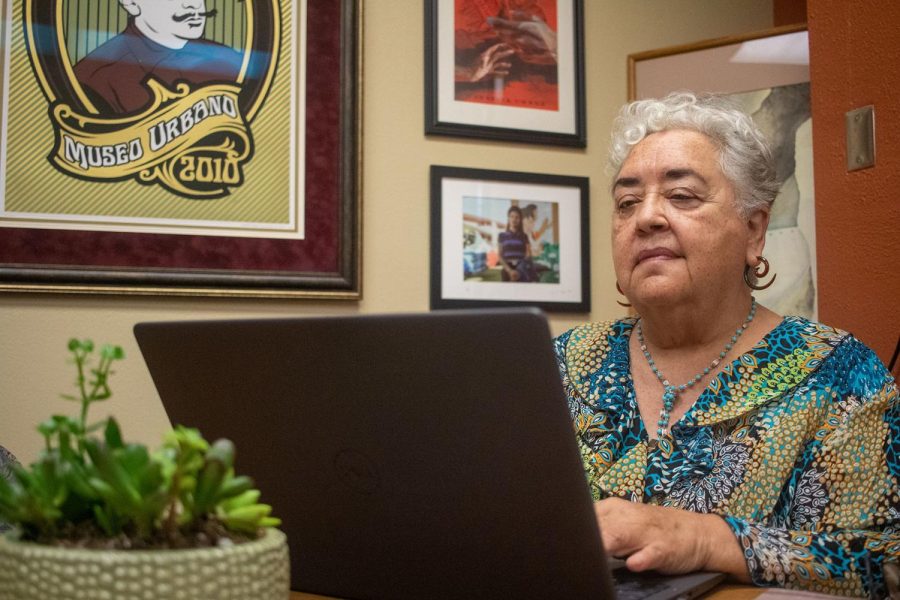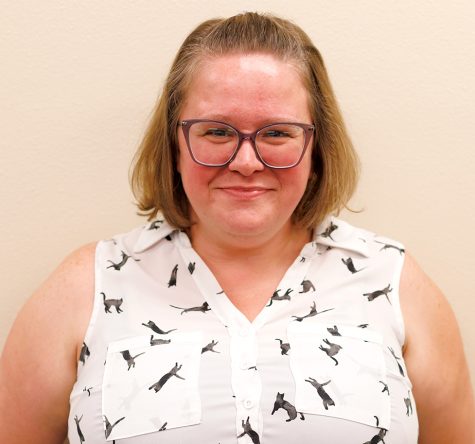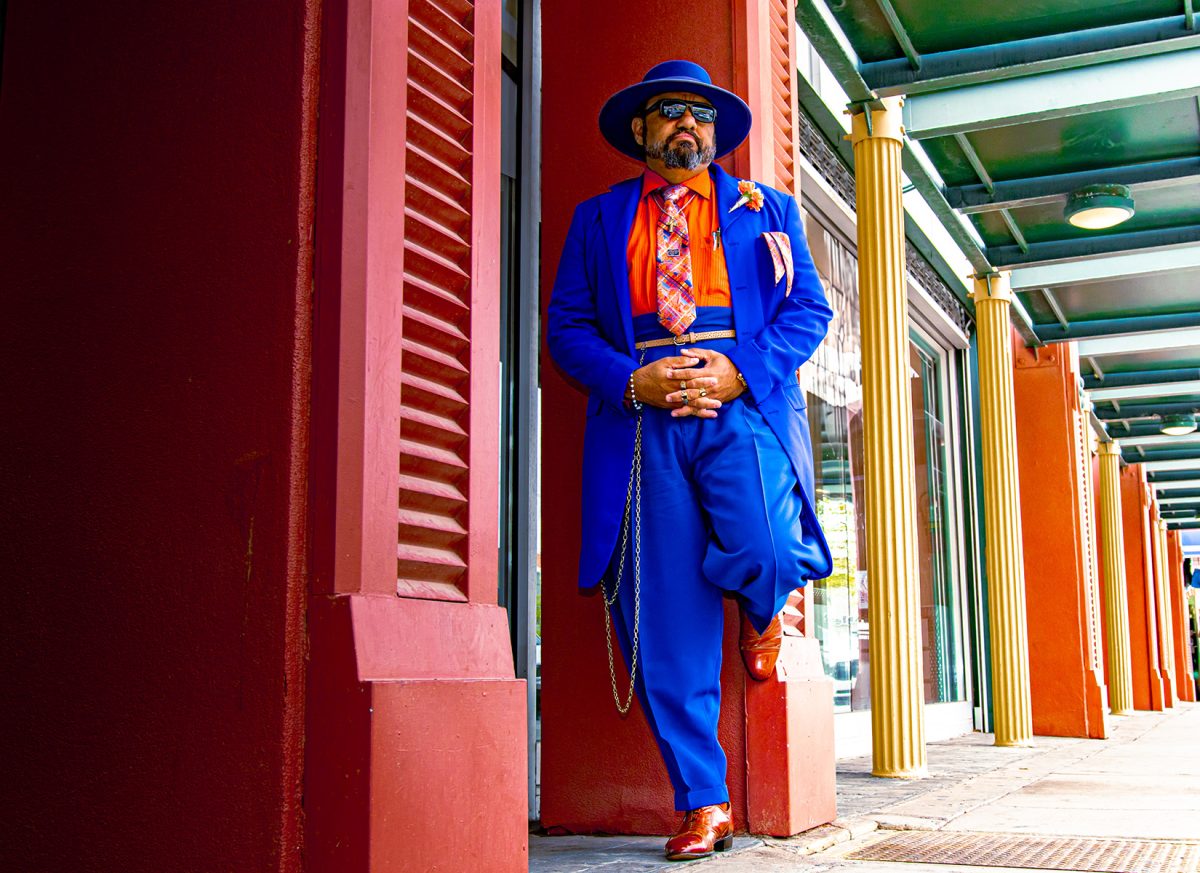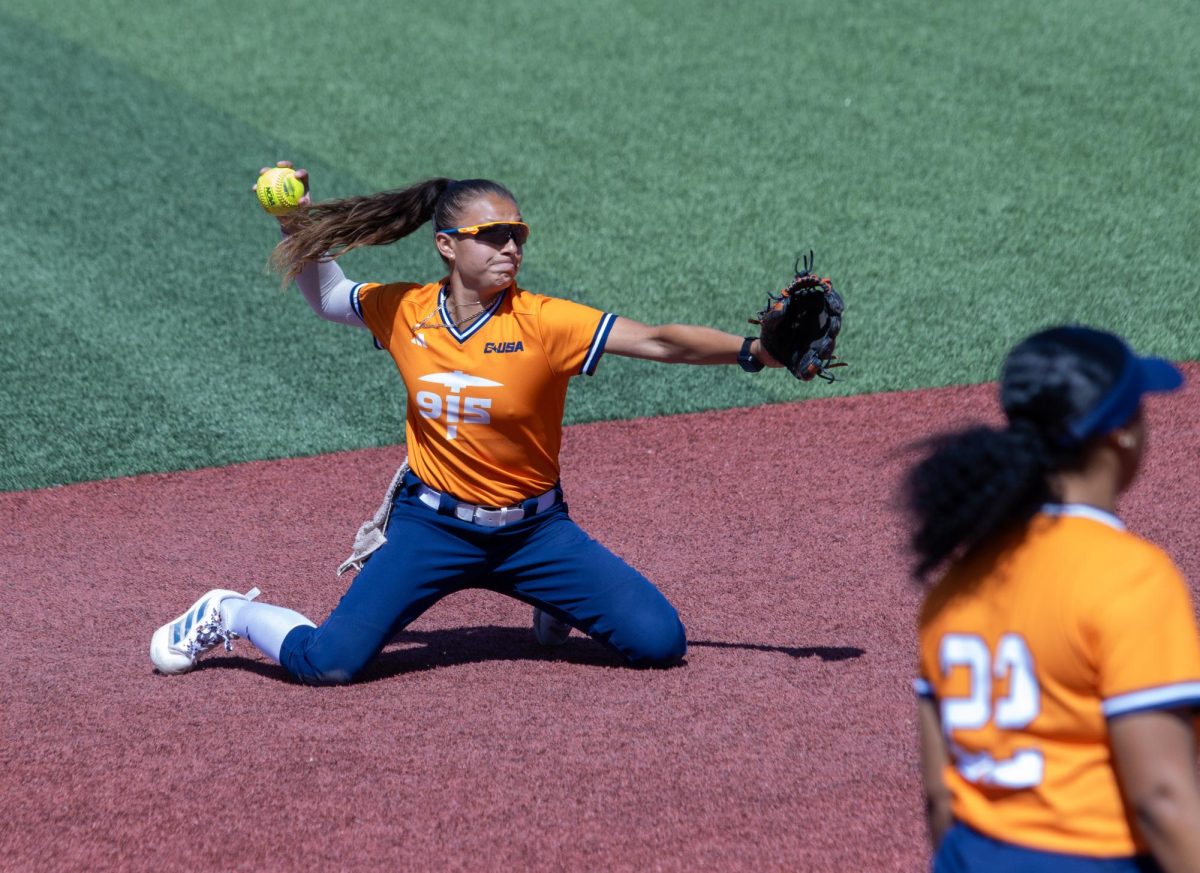Yolanda Chávez Leyva, Associate Professor for the Department of History and Director of the Institute of Oral History, was one of 12 notable Latinos chosen for the Smithsonian exhibit “¡Presente! A Latino History of the United States” in Washington D.C.
¡Presente! is a 4,500 square-foot digital gallery that opened June 18 in the Molina Family Latino Gallery at the National Museum of American History, according to UTEP Marketing and Communications. The exhibit uses multimedia to capture moments and voices that can be experienced.
This is the first exhibit completed by the Smithsonian that is solely dedicated to the Latino experience and culture. This exhibit will run until 2025.
“They interviewed all kinds of people, entertainers, activists. I think they ended up with 12 people that are on these big kiosks, so people can walk up and (down) different parts of each person’s story,” Leyva said.
Leyva was born in Ciudad Juárez and raised in El Paso. Leyva received her bachelor’s and master’s at UTEP before going to the University of Arizona for her Ph.D. As an alumna, Leyva was excited when a position opened at UTEP in the 2000s.
In the early development, Leyva was approached about being a curatorial advisor for the exhibit. Her experience with the Institute of Oral History gave her the know-how with creating questions and interviewing.
The Institute of Oral History was founded 50 years ago by Dr. John McNeely. McNeely donated a lot of books to the school library, especially the core of the Spanish books. The institute has about 2,000 interviews that focus on people who live on the border.
By taking this position, she came up with interview questions for the recipients of the exhibit. She said she was shocked when they approached her to be one of the notable figures because of her life on the border.
“I feel like, in a lot of ways, I am kind of a classic border person and in having a relationship to both sides of the border, and because I’m also a professor in border history, I feel like I was able to put my own story into a historical context,” Leyva said.
Leyva said that she hopes that people can see the beautiful side of the border by visiting the exhibit.
“Historically, and today, the border gets misrepresented a lot and it gets seen just in a negative way. And there are negative aspects to it, but what people don’t see unless they’re living here is the creativity, the resilience, the positive aspects,” Leyva said.
Leyva hopes that people from the Latinx community can experience it as well. She said that there are people with Puerto Rican or Cuban history, and they can see all the ways, similarities and differences among the communities.
“I think it’s very important for us to be educated about different parts of our broader community,” Leyva said.
Kristen Scheaffer is a contributor and can be reached at kmscheaffer@miners.utep.edu.












